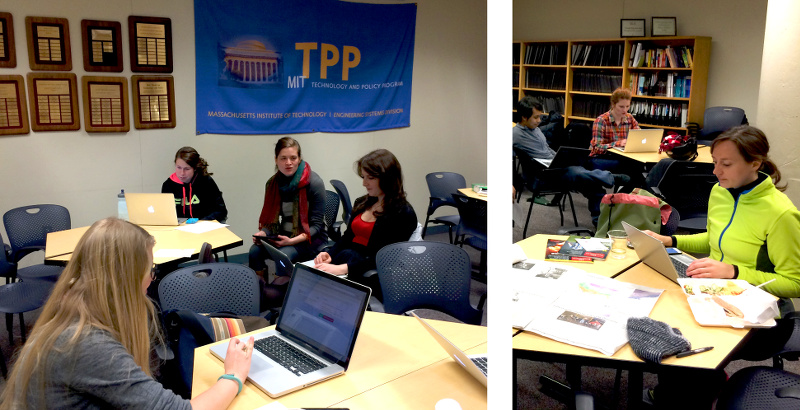Cross-post from http://idibon.com/distributed-computing-disaster-management/
As we mentioned recently in our post on privacy with language technologies, Idibon has been helping disaster response organizations manage their language data, mapping needs to resources and ensuring that people’s personal information remains protected at crucial times. We have also been helping with logistics planning—identifying when words require action.
We hosted MIT’s Lauren Seelbach in Idibon’s offices in early 2014 while she explored how Idibon’s technology can track information about transportation network outages during disasters—for example, are there roads and bridges that are unpassable. Back at the MIT Humanitarian Response Lab to complete her Masters, she has recruited a number of volunteers to do even more with our system. Can unstructured communications sent during disasters help disaster relief agencies gain what’s called “situational awareness” about where the transportation network has broken down? This represents important information in a disaster response. Organizations need to ensure that resources can be delivered to the crisis-affected populations and for this, they need to monitor and reestablish the logistical supply channels.
Idibon is proud that our technologies are being used by the best-and-brightest of researchers to understand how people communicate during disasters. The volunteers at MIT are joined by Idibon’s own annotators, showing how the interaction of professionals, crowdsourced workers, and natural language processing can be used to optimally filter, process and verify information following disasters.

A road washed away during Hurricane Irene – a critical infrastructure disruption. Source: Wikipedia
Cross-post from: http://idibon.com/distributed-computing-disaster-management/
The distributed computing—both human and machine—allows disaster responders and researchers to understand how information is shared during disasters by incorporating the manual and automated approaches to disaster management where they matter most. In both cases, the simple interfaces sit on top of statistical processing that ensures data quality and validation at scale.
It is wonderful to see this type of research progressing. I launched the distributed human computing (crowdsourcing and microtasking) for disaster response and Natural Language Processing for disaster response initiatives almost five years ago. Idibon was (in part) inspired by these experiences. We saw that the technology should be validated in industry before being used in disasters for our most critical information.
Our focus on distributed computing capabilities means that we will continue to help organizations understand their communications at scale, ensuring systems that are validated, tested and trustworthy.
– Rob Munro
@WWRob


June 3rd, 2016 at 9:53 pm
[…] impact was often more direct. MIT and Stanford students used our technology to research disaster response, FEMA used real-time damage analysis that we hosted when responding to hurricane Sandy in New York, […]